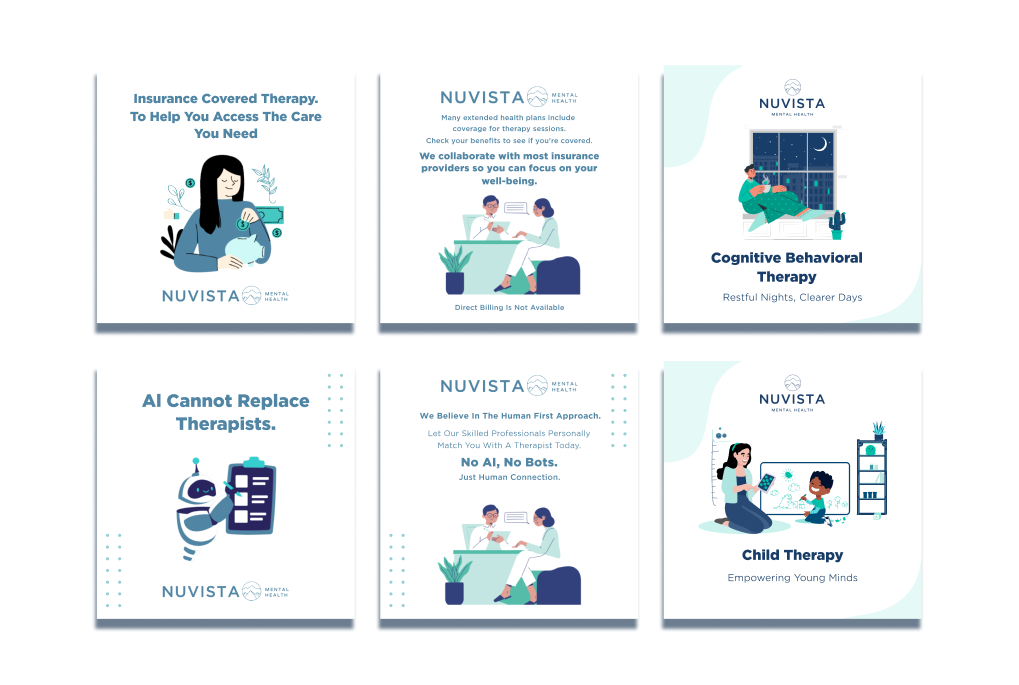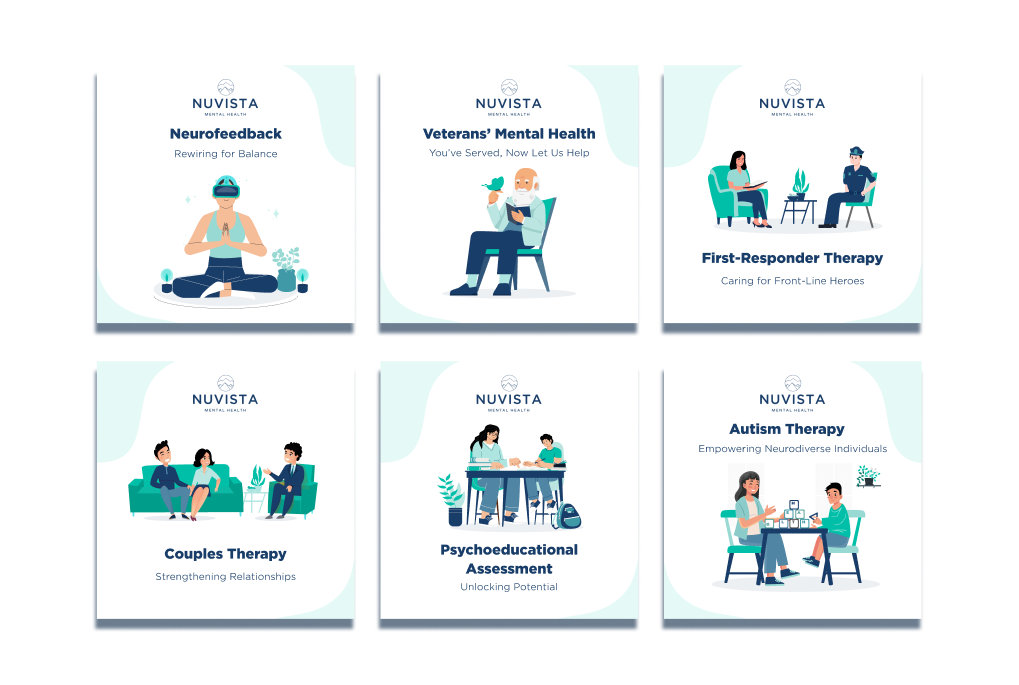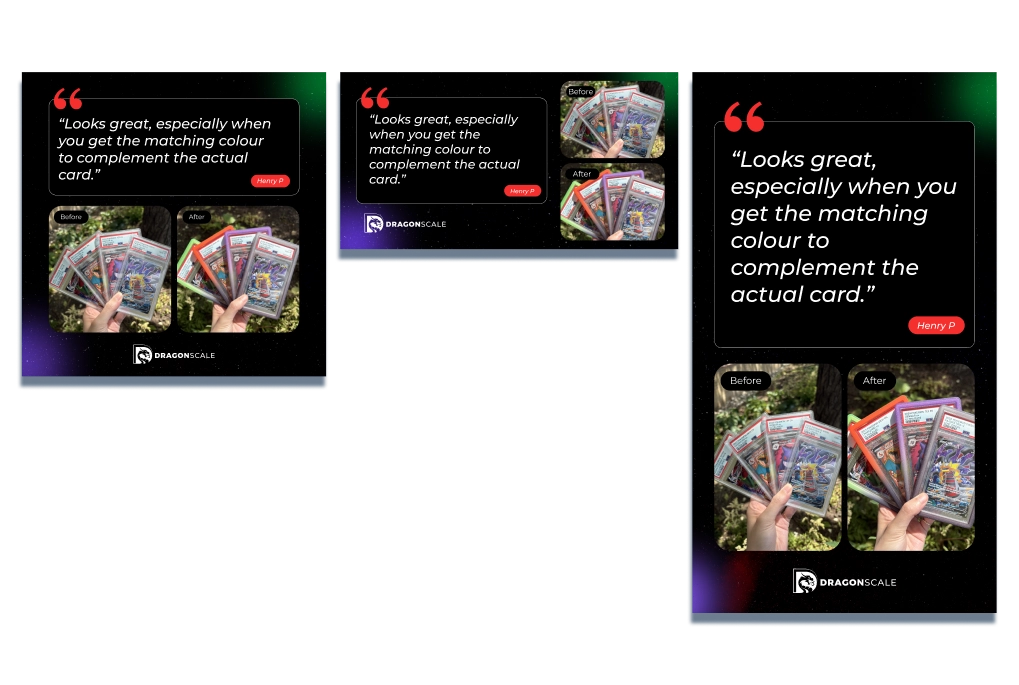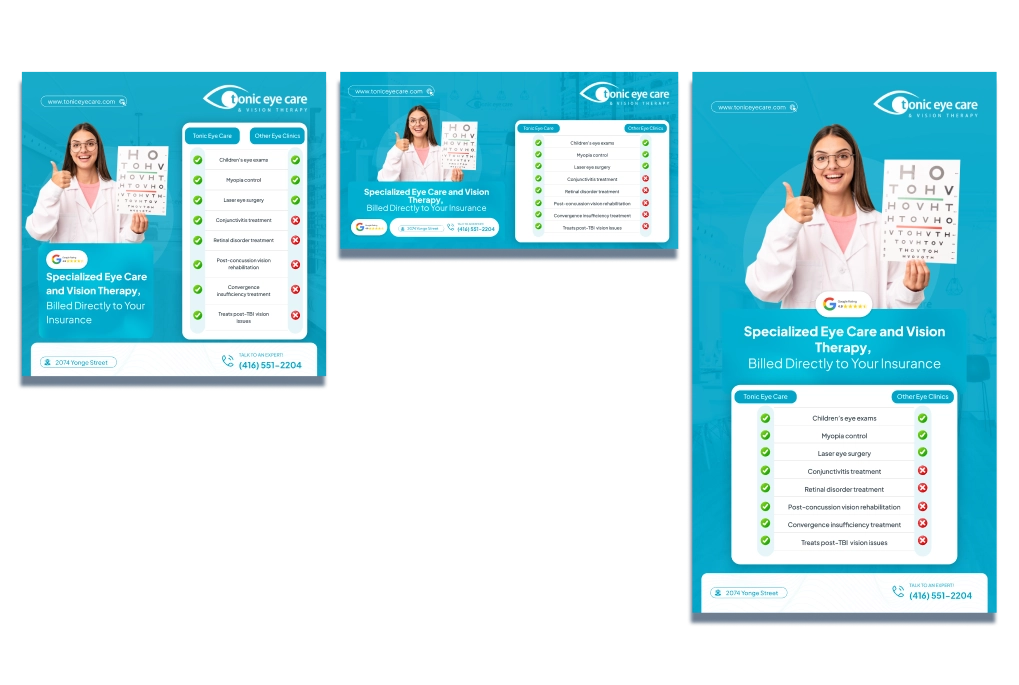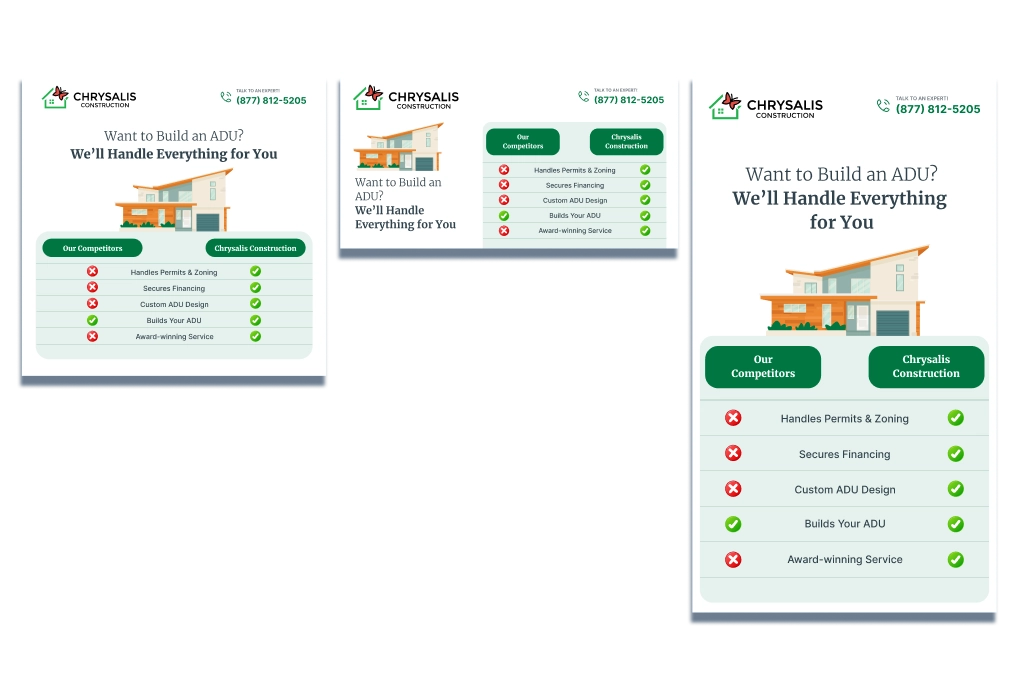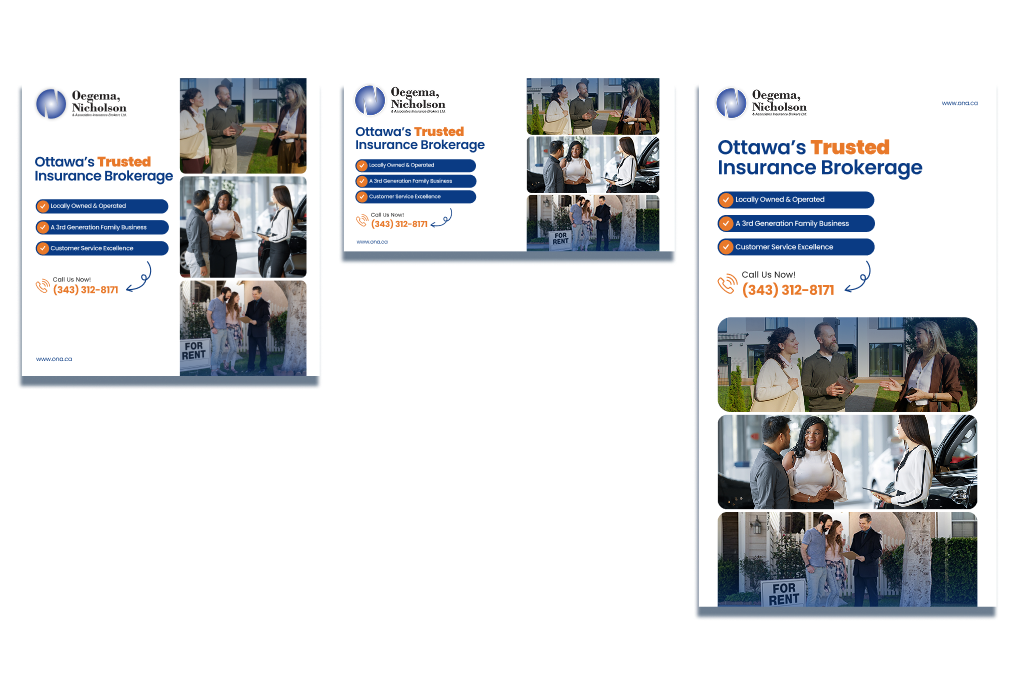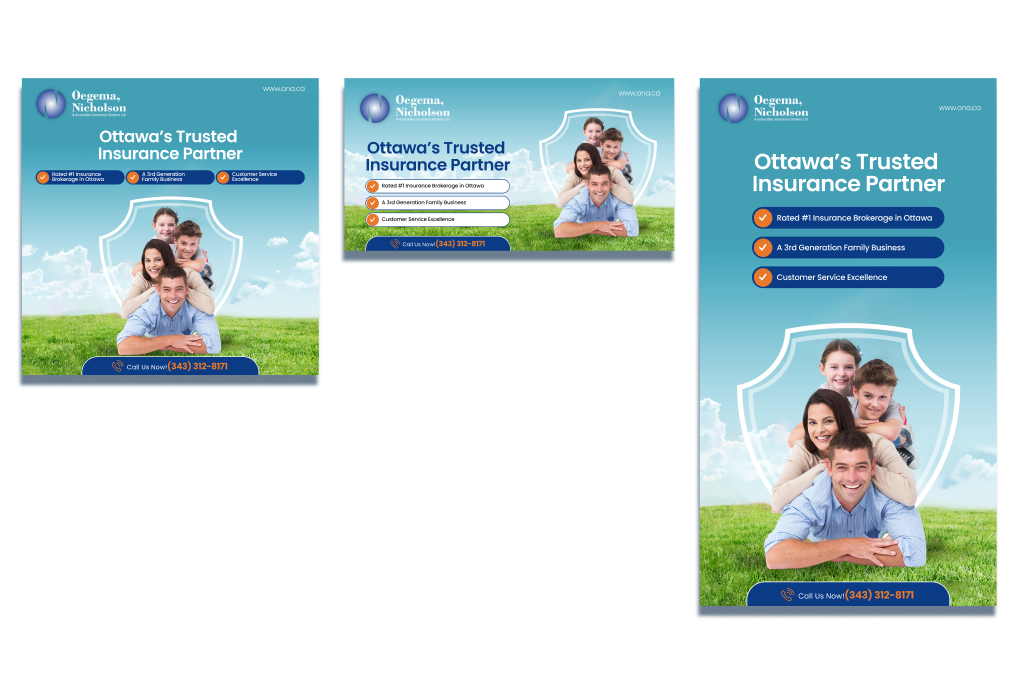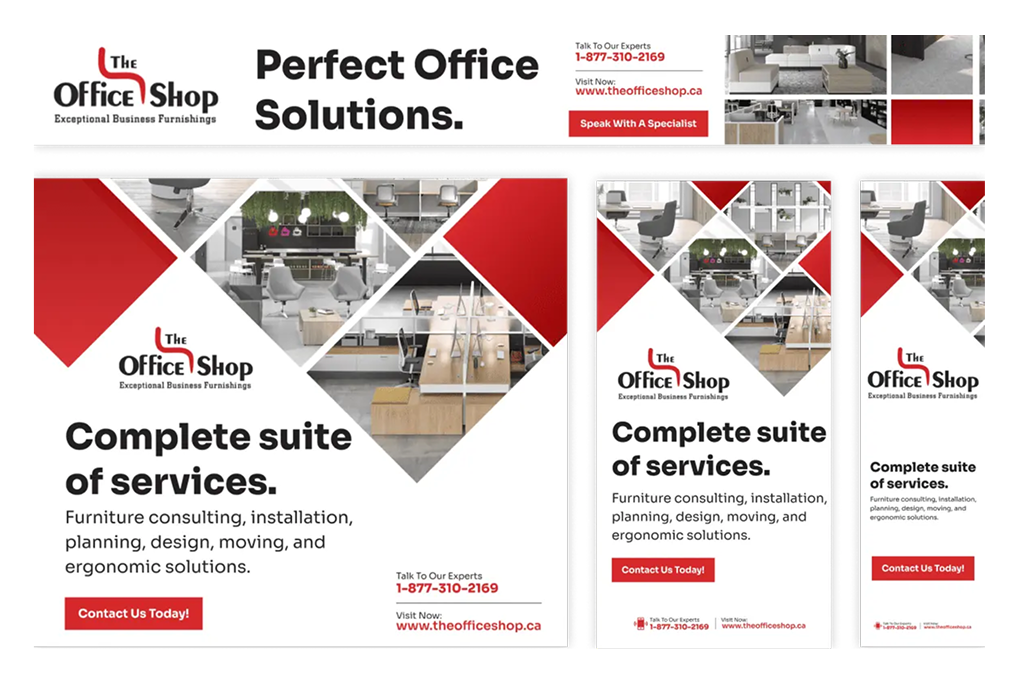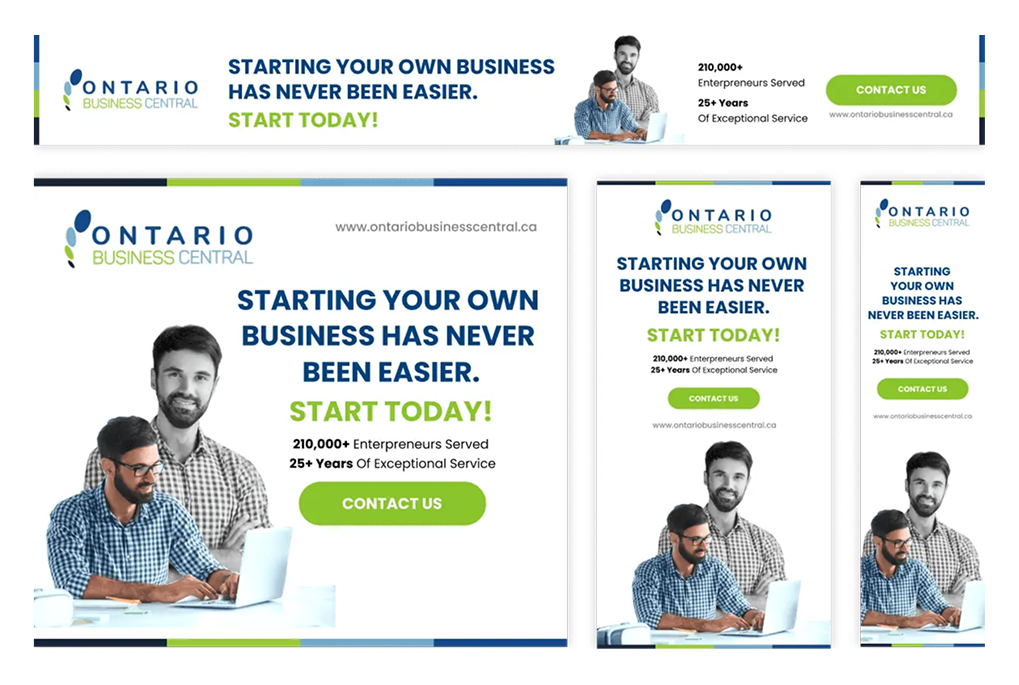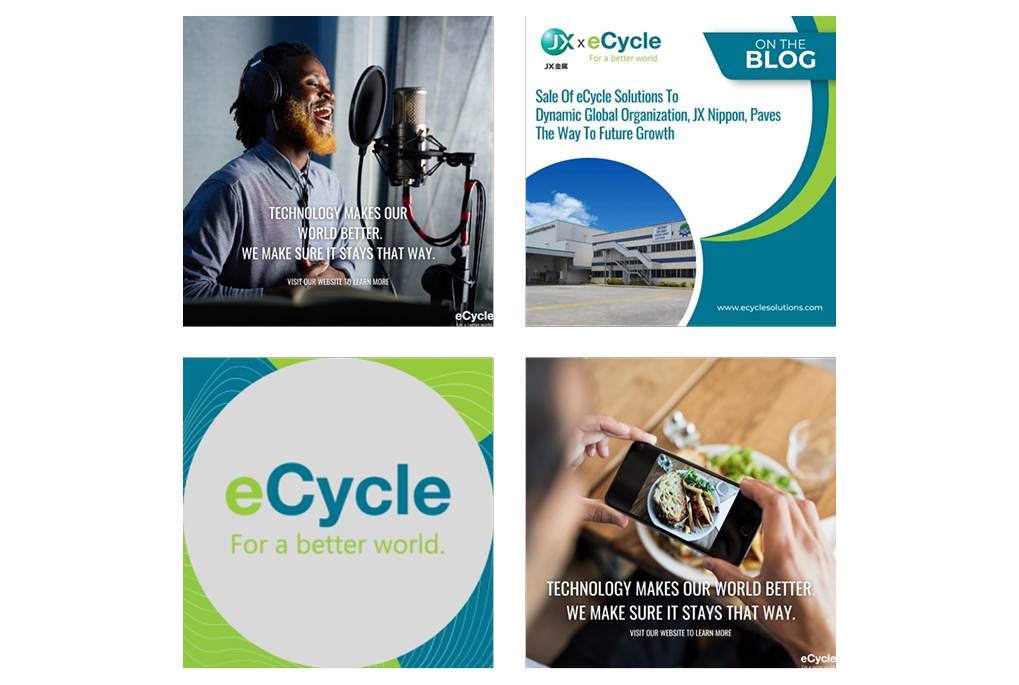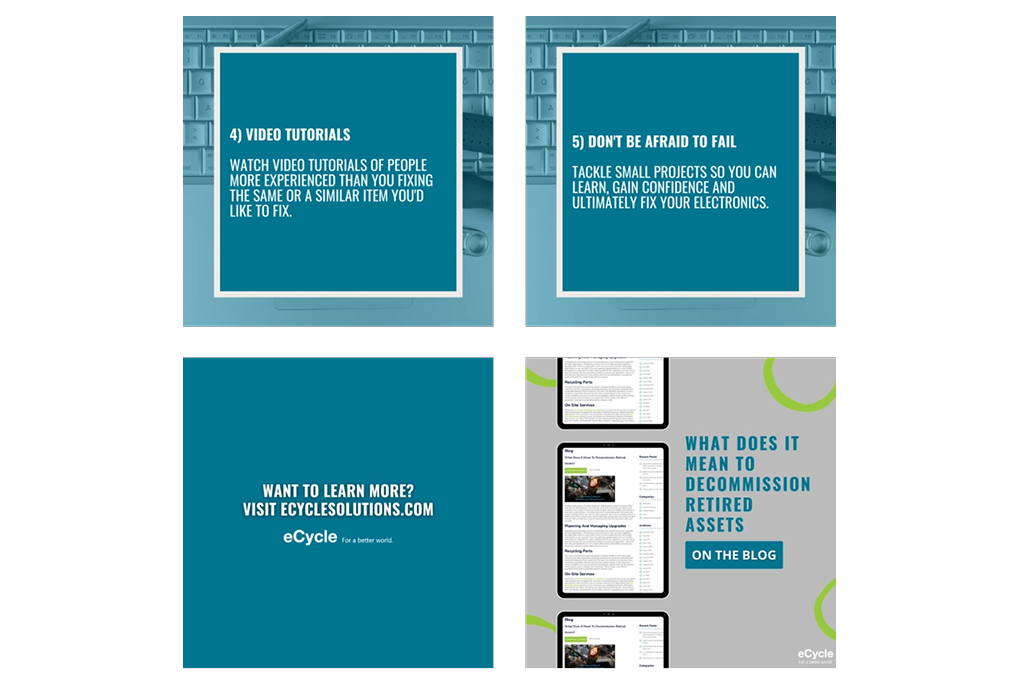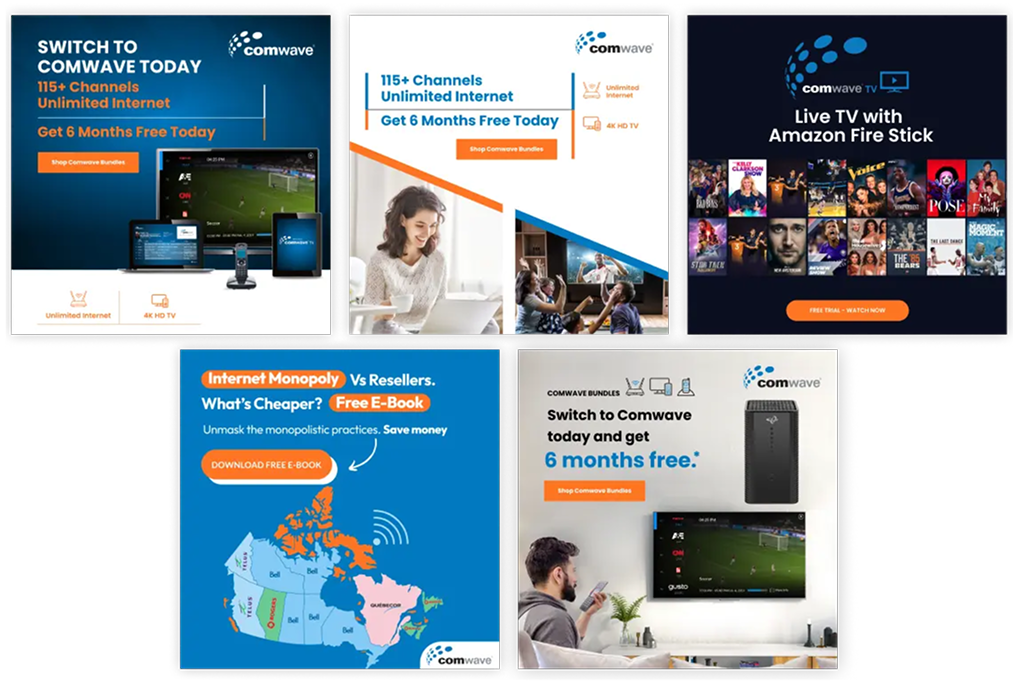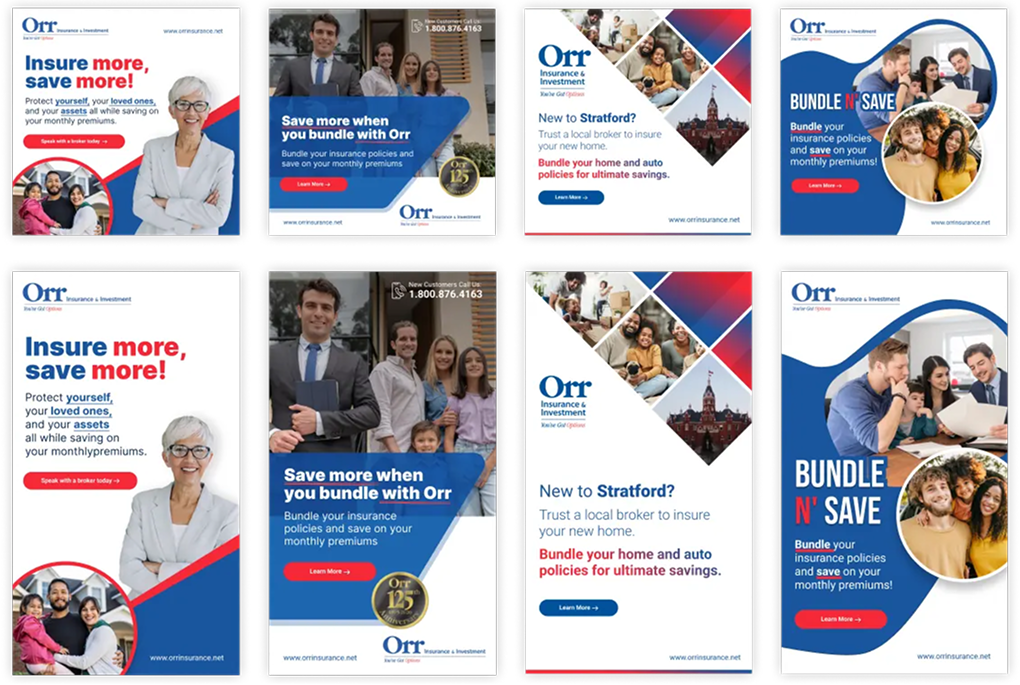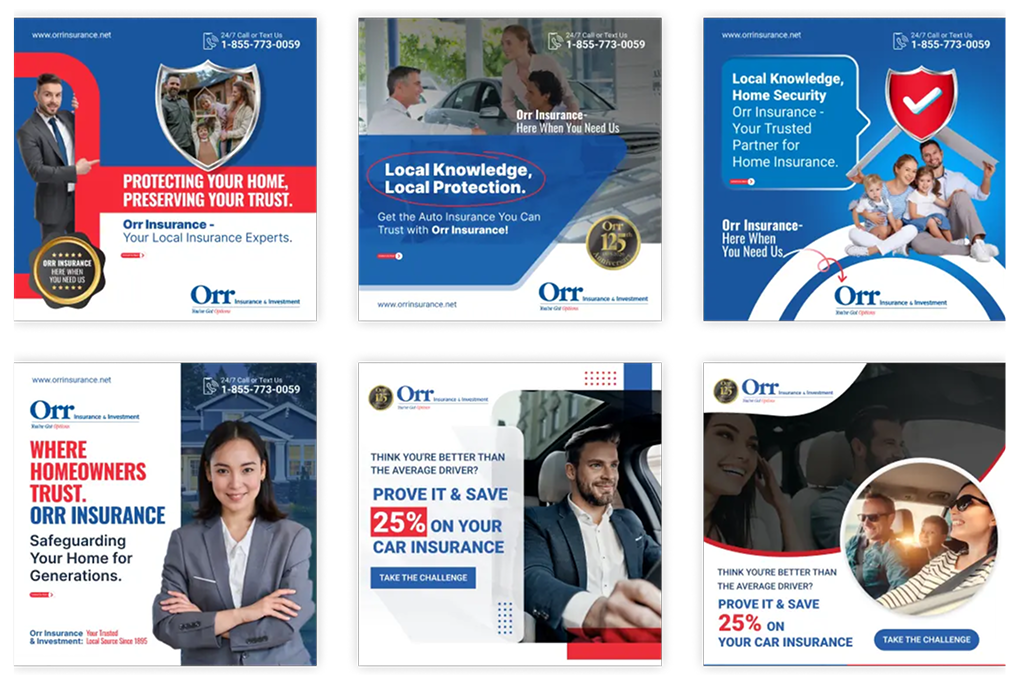
Want to grow your business online? This guide on digital growth will show you how to boost your online presence, increase sales, and retain customers using proven strategies. Discover the key elements you need to thrive in 2025.
Key Takeaways
- A successful digital growth strategy focuses on measurable outcomes through targeted digital marketing, customer experience enhancement, and leveraging various digital channels.
- Understanding your target audience and setting clear, measurable objectives are key elements of an effective digital growth strategy, ensuring alignment with overall business goals.
- Continuous measurement, data-driven adjustments, and the integration of digital marketing with sales efforts are essential for refining strategies and achieving sustainable growth.
Understanding Digital Growth
Digital growth is not just a buzzword; it’s a strategic approach that involves planning and executing digital marketing to meet specific business objectives. In today’s always-online digital landscape, a robust brand’s online presence is necessary to drive business growth and ensure sustainable business growth. A digital growth strategy uses digital channels to achieve goals such as increasing sales, improving brand recognition, and retaining customers.
One of the key reasons to adopt a digital growth strategy is its emphasis on measurable outcomes like net profit and conversion rates. Unlike traditional marketing, digital marketing strategies allow for precise tracking and performance analysis, reducing wasted resources and ensuring effective marketing efforts. This focus on data-driven decision-making enables businesses to reach a broader audience at a lower cost.
A successful digital growth strategy is built on understanding digital opportunities rather than physical expansion or product development. It requires a thoughtful approach to various digital marketing strategies, connecting with audiences to generate leads and convert prospects into customers. An effective digital marketing strategy focuses on customer experience, enhancing relationships and driving revenue.
Furthermore, creating a marketing mix helps determine how to best connect with the target audience through various channels. This could include social media, SEO, email marketing, and more, all working together to reach a wider audience, engage the public, and increase conversion levels. In essence, a well-crafted digital growth strategy is essential for companies serious about growth.
Foundational Elements
Building a Strong Digital Foundation
Building a strong digital foundation is crucial for any business looking to establish a successful online presence. This involves creating a solid infrastructure that supports all digital marketing efforts, including a user-friendly website, a robust content management system, and a reliable hosting service. A strong digital foundation also includes investing in the right tools and technologies, such as marketing automation software, customer relationship management (CRM) systems, and data analytics platforms.
A well-built digital foundation enables businesses to efficiently manage their online presence, streamline their marketing efforts, and provide a seamless user experience for their customers. It also allows businesses to scale their digital marketing efforts more easily as they grow and expand their online presence. By ensuring that all digital components are well-integrated and functioning optimally, businesses can create a stable platform for executing their digital marketing strategies effectively.
Aligning Business Goals with Digital Strategies
Aligning business goals with digital strategies is essential for achieving success in the digital landscape. This involves setting clear, measurable objectives that are aligned with the overall business strategy, and then developing digital marketing strategies that support these objectives.
Businesses should start by identifying their key performance indicators (KPIs) and then develop digital marketing strategies designed to drive these KPIs. For example, if a business aims to increase sales, they may develop a digital marketing strategy that focuses on driving traffic to their website, generating leads, and converting these leads into sales.
By aligning business goals with digital strategies, businesses can ensure that their digital marketing efforts are focused, effective, and aligned with their overall business objectives. This alignment helps in creating a cohesive approach that not only drives business growth but also ensures that all marketing activities contribute to the broader goals of the organization.
Key Elements of a Successful Digital Growth Strategy
Creating a successful digital marketing strategy involves several key elements. First, it’s crucial to understand your target audience. This helps tailor marketing efforts effectively and ensures that your message resonates with the right people.
Next, setting clear objectives is vital for achieving specific business goals. These objectives should be measurable and aligned with broader business targets.
Finally, optimizing your online presence is essential for visibility and engagement. This includes leveraging SEO, providing a good user experience, and adopting a multi-channel approach.
Identifying Your Target Audience
Understanding your target audience is the cornerstone of any digital marketing strategy. Without a clear picture of who your potential customers are, your marketing efforts can become scattered and ineffective. Avoid missing key revenue opportunities by creating detailed buyer personas based on real data and research. These personas should reflect the demographics, interests, and pain points of your ideal customers.
Once you have defined your target audience, the next step is to find out where they spend their time online. This could be social media platforms, forums, or specific websites. Understanding their online behavior allows for tailoring digital outreach to meet them where they are and address their needs effectively.
Setting Clear Objectives
Clear and measurable objectives are crucial for the success of your digital marketing strategy. These objectives provide direction and help avoid confusion among team members. Using the SMART framework—Specific, Measurable, Achievable, Relevant, and Time-bound—can help in defining goals that are clear and attainable. A marketing goal might be to generate 50% more leads via the website within six months.
Aligning these objectives with broader business targets ensures that your marketing strategy contributes to overall business success. If your business goal is to increase brand engagement, a marketing objective could be to boost social media interactions by 25%.
Optimizing Your Online Presence
Your brand’s online presence serves as the initial interaction between your brand and potential customers. This makes it a crucial element of your digital strategy. Optimizing this presence involves several tactics, starting with SEO to improve visibility on search engines. Key components of on-page SEO include keyword research, website structure, and meta descriptions.
A good user experience is defined by clarity, intuitiveness, and the absence of frustration. A user-friendly and mobile-responsive website can significantly enhance customer engagement. Additionally, adopting a multi-channel approach allows you to reach a broader audience and create more touchpoints with potential customers.
Leveraging Content Marketing for Digital Growth
Content marketing is a powerful tool for digital growth, with around 73% of B2B and 70% of B2C marketers incorporating it into their strategies. Content marketing primarily aims to build trust and establish thought leadership. It also seeks to drive customer action. Creating valuable and relevant content attracts and engages your target audience.
Developing a Content Plan
A well-crafted content plan is essential for successful digital marketing strategies. This plan should include content that informs, entertains, and engages your audience. Start by conducting an audit of existing content to evaluate its performance and inform future planning. Rank your content based on its performance related to current goals.
Plan for the creation, delivery, and management of different types of content, such as blogs, videos, and e-books. Include budget information for outsourcing content and time estimates for self-production.
Implementing SEO within your content plan can drive traffic, improve user experience, and boost authority.
Utilizing Video Marketing
Video marketing has proven to be highly effective, with 92% of video marketers reporting a positive return on investment. Video content can showcase brand culture, inspire purchases, and increase brand awareness. Formats like product demos, explainer videos, and customer testimonials are particularly effective.
Well-targeted video marketing helps spread your brand’s message to different customer niches. Leveraging platforms like YouTube and social media maximizes the reach and impact of your video content.
Blogging for Brand Trust
Blogging is a vital component of content marketing that enhances brand trust and visibility through valuable, long-form content. It’s especially important for niche businesses to provide content that resonates with specific audiences. Understanding your target audience and their pain points is crucial for creating effective blogs.
Consumers typically read 1-4 blog posts per month, highlighting the need for high-quality content. Not leveraging case studies and social proof can cause businesses to miss opportunities for building trust with prospects.
As a result, 92% of marketers are planning to increase their investments in blogging.
Utilizing Paid Advertising for Quick Wins
Paid advertising plays a crucial role in driving brand awareness and reaching audiences not found through organic means. Methods like Google Display Network, social media ads, and pay-per-click (PPC) campaigns can rapidly increase visibility and generate traffic.
Using detailed audience insights for targeting and refining your approach based on performance is essential.
Google Ads Campaigns
Google PPC advertising is a method to quickly get on the first page of Google search results for a fee per click. Google Ads campaigns allow businesses to bid for visibility on search results, ensuring cost management per click.
Utilizing both the display network and the search network can maximize your reach and impact.
Social Media Advertising
Social media advertising enables brands to connect with target demographics by tailoring ad content to specific user interests. Platforms like Facebook, Instagram, and LinkedIn offer robust targeting options to ensure your ads reach the right audience.
By leveraging social media ads, you can effectively increase brand awareness and drive engagement.
Harnessing Social Media for Engagement
Social media marketing serves as a vital tool for brands to connect with their audiences by enhancing brand awareness and loyalty. Engaging content on social media fosters deeper connections with audiences and encourages community building.
Driving engagement requires strategies such as responding to comments and leveraging influencer partnerships.
Choosing the Right Platforms
Understanding audience demographics is crucial for selecting the most suitable social media platforms for your brand. Different platforms attract different user bases, so aligning your social media strategy with where your target audience spends their time is essential.
Creating Engaging Social Media Content
Sharing relevant content with your target audience is crucial for effective social media marketing. Incorporating visual elements like videos and images significantly boosts engagement rates on social media. Additionally, sharing behind-the-scenes content can build trust and connect with your audience on a more personal level.
Collaborating with UGC (User-Generated Content) creators generates emotional and authentic content that showcases real reactions, enhancing brand engagement. Posting inspirational quotes and visually appealing content can make your brand more memorable and drive engagement.
Email Marketing for Sustained Growth
Email marketing is a powerful tool for informing and engaging interested customers. It is considered essential for small businesses as it helps share news, follow up on purchases, or create newsletters. With 92% of consumers using email daily, email marketing reaches a vast audience and yields the second-highest ROI of any marketing channel.
Email marketing primarily aims to build strong relationships. It focuses on connecting the company with its customers. Providing valuable content and personalized experiences drives sustained growth and improves customer engagement.
Building an Email List
Opt-in subscribers are essential for email marketing success. Encouraging people to provide personal information by offering valuable content like e-books and exclusive discounts can effectively grow your email list. Collecting emails through website sign-ups, social media, and other digital channels can help build a robust list of engaged subscribers.
Ensuring your email list continually grows involves providing compelling reasons for new subscribers to join. This includes offering early access to new products, special promotions, or valuable insights exclusive to email subscribers.
Crafting Personalized Email Campaigns
Personalization in email marketing increases customer engagement and response rates. Dynamic content in emails, which aligns with the interests of individual subscribers, can significantly enhance the personalization and effectiveness of your campaigns. Using data to segment your audience and tailor messages to different segments ensures that your emails are relevant and engaging.
Crafting personalized email campaigns involves incorporating the recipient’s name, preferences, and past behavior into the email content. This level of personalization can make your emails feel more like a one-on-one conversation, increasing the likelihood of engagement and conversions.
Measuring and Refining Your Strategy
Tracking essential metrics like website traffic and conversion rates is vital for assessing the effectiveness of digital marketing efforts. Regularly reviewing key metrics and KPIs helps you understand the impact of your strategies and identify areas for improvement.
Tools like HubSpot’s Reporting Dashboard can provide valuable insights into your campaign performance.
Analyzing Performance Data
Monitoring metrics is crucial in a digital marketing strategy to gain insights about relevant KPIs. Data analytics can track traffic, campaign resonance, and user drop-off points, providing a detailed understanding of your audience’s preferences and behavior.
This information can help predict future trends and optimize your marketing efforts.
Making Data-Driven Adjustments
Successful digital strategies require ongoing measurement and optimization to ensure progress. Adapting strategies based on performance data ensures that marketing efforts remain relevant and effective in achieving goals. Continuous improvement involves actions like A/B testing, adjusting SEO, and reallocating budget based on data-driven insights.
Expecting immediate results from digital marketing campaigns can lead to frustration and misguided adjustments. Instead, focus on long-term strategies and make data-driven adjustments to refine your approach and drive sustainable growth.
Integrating Digital Growth with Sales Efforts
Aligning sales and digital marketing can create a unified customer journey, enhancing the overall experience from awareness to conversion. Effective collaboration between sales and marketing teams ensures that messaging remains consistent across various channels. Sales teams can utilize digital marketing insights to better understand customer needs and tailor their approach.
Utilizing integrated technology like CRM systems streamlines data sharing between sales and marketing, enhancing efficiency. Regular communication between sales and marketing is essential for adapting strategies and sharing insights. This integration helps refine lead quality, allowing marketing teams to identify high-potential leads for sales follow-up.
Strategies for Seamless Integration
Seamless integration is critical for businesses looking to create a cohesive and effective digital marketing strategy. This involves integrating all digital marketing channels, including social media, email marketing, content marketing, and paid advertising, into a single, unified strategy.
Businesses can achieve seamless integration by using a variety of strategies, including:
- Using a single, unified platform to manage all digital marketing efforts.
- Developing a content calendar that outlines all digital marketing activities.
- Using data analytics to track the performance of all digital marketing channels.
- Creating a single, unified brand voice and message that is used across all digital marketing channels.
By achieving seamless integration, businesses can create a cohesive and effective digital marketing strategy that drives real results. This approach ensures that all marketing efforts are synchronized, providing a consistent experience for the target audience and maximizing the impact of each marketing campaign.
Leveraging CRM Tools for Better Alignment
Customer relationship management (CRM) tools are essential for businesses looking to align their digital marketing efforts with their overall business strategy. CRM tools enable businesses to manage all customer interactions, from initial contact to conversion, and provide valuable insights into customer behavior and preferences.
By leveraging CRM tools, businesses can gain a deeper understanding of their customers and develop targeted digital marketing strategies designed to drive real results. CRM tools also enable businesses to track the performance of their digital marketing efforts and make data-driven decisions about how to optimize their strategy.
Some of the key benefits of using CRM tools include:
- Improved customer insights and understanding.
- Enhanced customer engagement and loyalty.
- Increased conversion rates and sales.
- Better alignment of digital marketing efforts with overall business strategy.
By leveraging CRM tools, businesses can create a more effective and aligned digital marketing strategy that drives real results. This alignment ensures that marketing efforts are not only efficient but also tailored to meet the specific needs and preferences of the target audience, leading to higher engagement and better business outcomes.
Common Pitfalls to Avoid
A common pitfall is to view digital growth strategies in isolation. They should not be treated separately from existing sales efforts. This can lead to inconsistent messaging and missed opportunities for lead nurturing. Ensuring alignment between digital marketing and sales efforts is essential for a cohesive strategy.
Data analytics can reveal user drop-off points within marketing campaigns, helping to identify areas needing improvement. Ignoring these insights can result in ineffective campaigns and wasted resources. Regularly reviewing and refining your strategy based on data-driven insights can help avoid these common pitfalls and drive sustained growth.
Summary
In summary, a successful digital growth strategy involves understanding your target audience, setting clear objectives, and optimizing your online presence. Leveraging content marketing, SEO, and paid advertising can drive significant growth, while social media and email marketing foster engagement and loyalty.
Regularly measuring and refining your strategy based on performance data ensures continuous improvement and alignment with business goals. By integrating digital marketing with sales efforts and avoiding common pitfalls, you can create a cohesive and effective digital growth strategy that drives long-term success.
Frequently Asked Questions
Why is it important to have a digital growth strategy in 2025?
Having a digital growth strategy in 2025 is crucial for businesses to effectively reach a wider audience and enhance customer engagement, ultimately leading to improved profitability and conversion rates. A well-defined strategy will position your business for success in an increasingly competitive digital environment.
How can I identify my target audience for digital marketing?
To effectively identify your target audience for digital marketing, focus on creating detailed buyer personas derived from real data, and thoroughly analyze their demographics, interests, and pain points. This will enable you to tailor your marketing efforts to resonate with the right people.
How can I measure the success of my digital marketing efforts?
To effectively measure the success of your digital marketing efforts, track key metrics such as website traffic and conversion rates using tools like Google Analytics. This data allows you to make informed adjustments to optimize your strategy.
What are some common pitfalls to avoid in digital growth strategies?
To avoid common pitfalls in digital growth strategies, ensure alignment with existing sales efforts and leverage data analytics insights for continuous refinement. This will help you create a more cohesive and effective approach.
This Month's Strategy Can Define Your Year - Don't Miss Out!

4.9 stars from 43 entrepreneurs




 416-460-1810
416-460-1810


